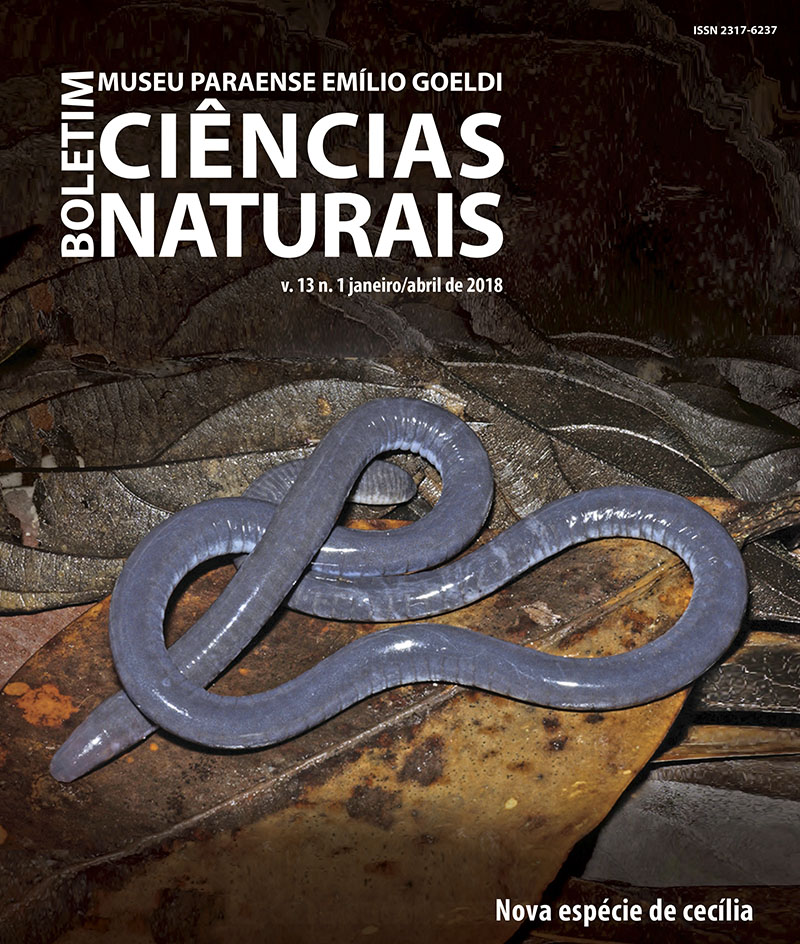Dynamics of the soil fertility in quilombola shifting cultivation communities of the Atlantic Rainforest, Brazil
DOI:
https://doi.org/10.46357/bcnaturais.v13i1.370Keywords:
Shifting cultivation, Swidden, Soil chemistry, Fire, Nutrient cyclingAbstract
Shifting cultivation systems (SCS) are currently restricted to tropical areas. The classical nutrient flow model for SCS considers increasing soil fertility from the conversion phase, with the addition of nutrients contained in the biomass that was slashed and burned, and made available through ash. This study assessed the impacts of the conversion and cultivation phases on soils subjected to an SCS practiced quilombola populations of the Atlantic Forest, Brazil. We used a diachronic method in six experimental plots divided into two fallow age classes (10-15 and 25-30 years). The results showed that fire does not have a primary role in the cycling and maintenance of the stock of nutrients in the soil/vegetation complex. Furthermore, the soil fertility status was not significantly altered during the conversion and cultivation phases. Thus, the quilombola SCS shows specificity and that soil fertilization does not necessarily occur during the conversion and cultivation phases of SCS. The soils from fallow areas between ten and 30 years have eutrophic fertility conditions in relation to the mature forests, and are therefore viable from an agronomic standpoint. Therefore, the data on the impact of the quilombola SCS on soils concur as proscribed by law.
Downloads
Published
Issue
Section
License
Publication means fully assigning and transferring all copyrights of the manuscript to the journal. The Liability Statement and
Assignment of Copyrights will be enclosed with the notice of acceptance. All the authors must sign the document and return it to the journal.








